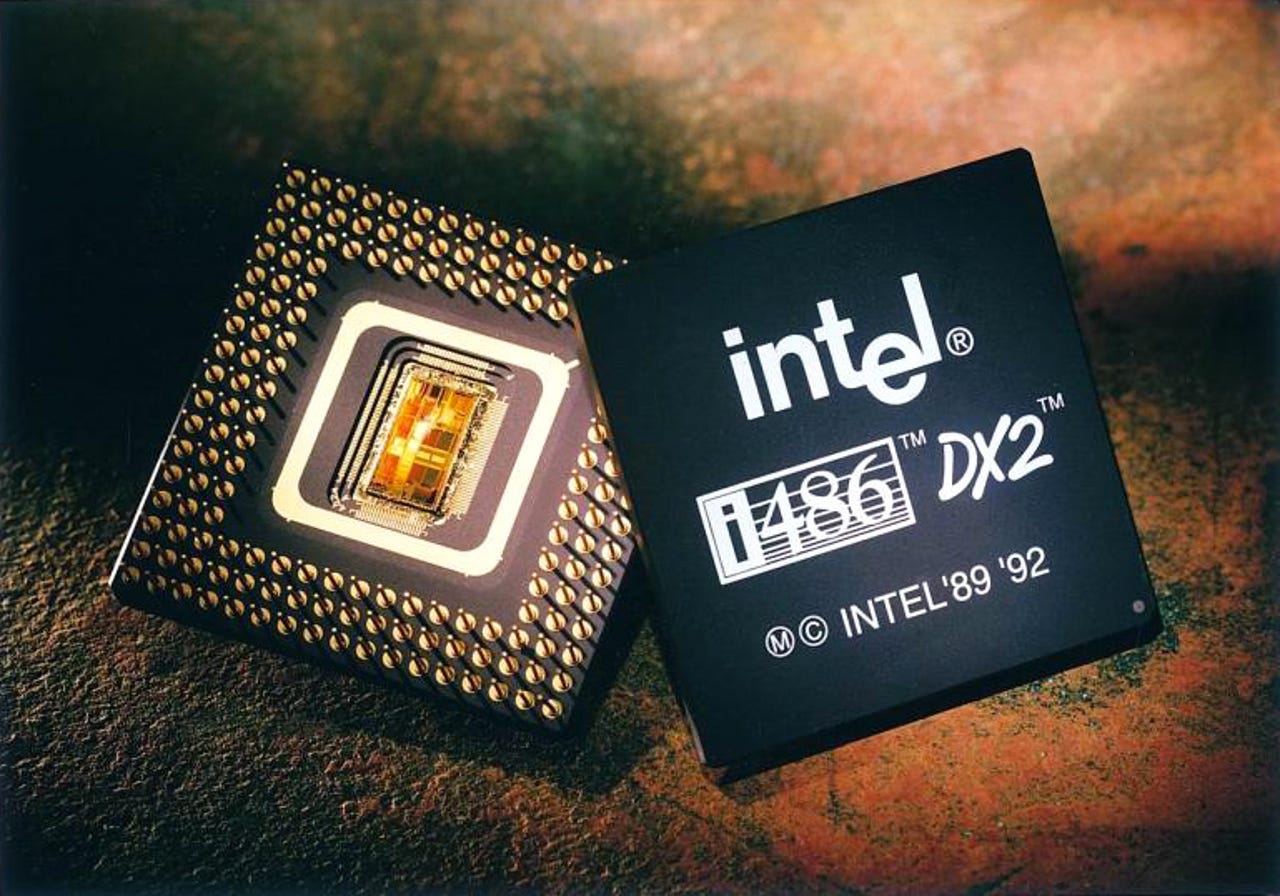Linus Torvalds bids 486 Linux adieu


You can famously run Linux on anything. And, when I say anything, I mean anything, e.g. a Nintendo Wii, an iPod, DeLaval's robotic system for milking cows, and possibly even a dead badger. Only Doom may have been ported to more devices. But, for practical purposes, all good things must come to an end, so Linus Torvalds is giving serious thought to discontinuing support for the 486 architecture.
ZDNET recommends
Why? Well, why do you think?
486s are old. Very, very old. Intel discontinued the 386 chip family in 2007. True, some people, like yours truly, and Linux kernel developer Maciej W. Rozycki, still have 486 boxes running. But I'm the kind of person who still keeps a KayPro II alive with its Z80 processor from 1982. And Rozycki gave his last summary of this and other antique hardware the subject line, "Old platforms: Bring out your dead."
What brought up the question of whether to continue to support the 486 was an issue with "multi-gen LRU: support page table walks." In English, this is a discussion on how to better handle least-recently-used (LRU) lists. This is critical for tracking memory pages. It's one of those deep under-cover tech issues that's vital for Linux managing system memory.
Also: Low-code, no-code are making developers' jobs better in 2 ways
Unfortunately, this old processor can't handle LRUs with modern methods. So, with every new Linux kernel, another workaround has to be made to keep modern Linux running on it. Torvalds has had enough: In a message to the Linux kernel mailing list earlier this month, he said, "We got rid of i386 support back in 2012. Maybe it's time to get rid of i486 support in 2022?"
Besides, Torvalds commented, "Not that I'm convinced most distros even do 32-bit development anyway these days."
Diving deeper, Torvalds later added, I "*really* don't think i486 class hardware is relevant anymore. Yes, I'm sure it exists (Maciej being an example), but from a kernel development standpoint, I don't think they are really relevant. At some point, people have them as museum pieces. They might as well run museum kernels."
Besides, when you get right down to it, Torvalds said, "Our non-Pentium support is actively buggy and broken right now."
The bottom line is, "That's the kind of maintenance burden we simply shouldn't have -- no developer actually cares (correctly), nobody really tests that situation (also correctly -- it's old and irrelevant hardware), but it also means that code just randomly doesn't actually work."
That was Torvalds' last word on the subject, so it's safe to say the Linux 6.0 kernel will be the last one that supports the 486.
The 486 was great in its day, but its day is done. However, if you really want to keep running Linux on 486, you can. You'll just need to run older Linux kernels. It works for me.
Related stories: